California pledged to achieve 100% clean energy. That was the easy part
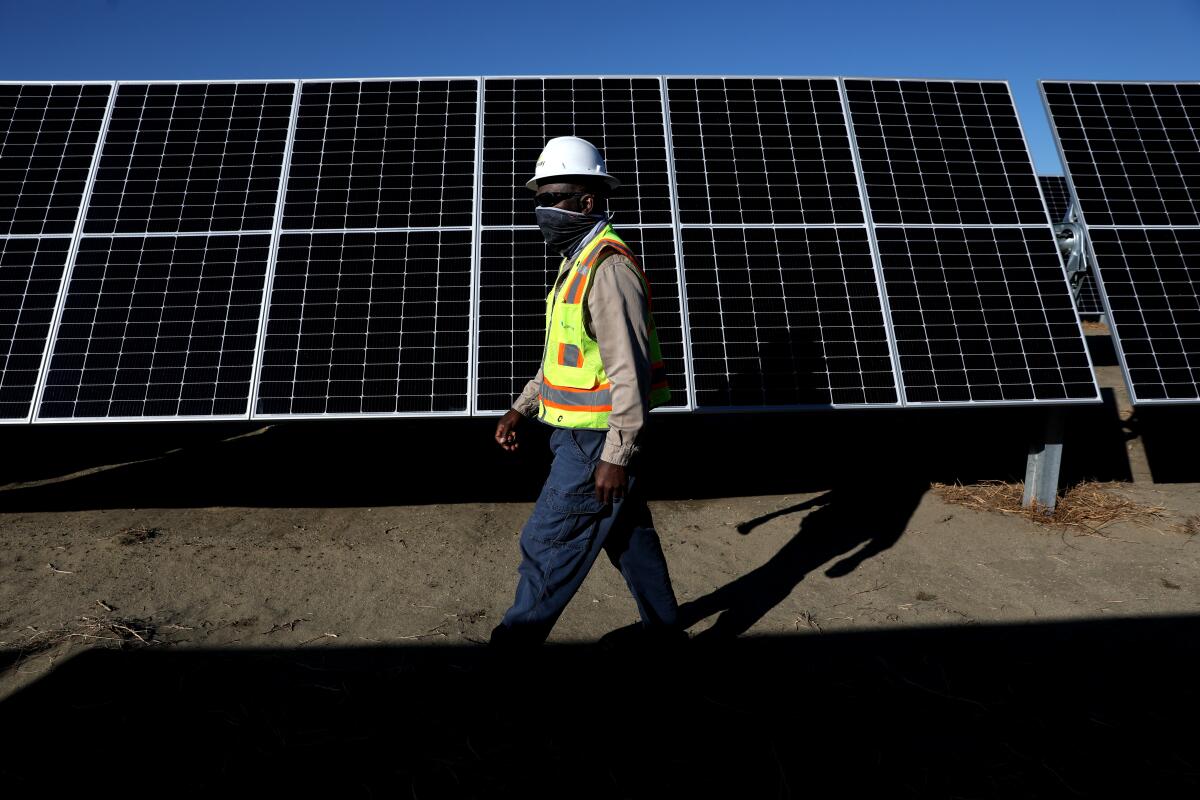
- Share via
This is the Feb. 11, 2021, edition of Boiling Point, a weekly newsletter about climate change and the environment in California and the American West. Sign up here to get it in your inbox.
In the seven years I’ve been reporting on energy and climate change, California has come a long way.
When I started, state law mandated 33% renewable energy by 2020; utility companies hit that goal two years early and have since been tasked with reaching 60% renewables by 2030 and 100% carbon-free by midcentury. Gov. Gavin Newsom recently ordered an end to the sale of gasoline-fueled cars by 2035. Dozens of cities are trying to phase out gas heating and cooking in new buildings.
Like them or hate them, those are major steps to slash emissions. But just as important are all the steps California has yet to take.
I wrote about some of those this week, in a story that explores the tricky path to 100% clean energy. The focus is a proposed undersea transmission line that would bring offshore wind power to Los Angeles, and why state officials haven’t shown much interest — even though the undersea cable could help shut down gas-fired power plants and reduce the risk of blackouts.
“We’re very frustrated with the lack of serious planning for offshore wind in California,” said Nancy Rader, executive director of the California Wind Energy Assn., an industry trade group. “We’re just banging our head against the wall.”
I’d encourage you to read my story, but the key takeaway is this: Just because California has committed to 100% clean energy doesn’t mean it will be easy, or that officials are doing everything that needs to be done to make it happen.
Let’s break that down a little bit.
Much of the state’s climate progress thus far has been enabled by increasingly low-cost solar and wind power. But as you may be aware, the sun doesn’t shine and the wind doesn’t blow 24 hours a day. Sooner or later, we’ll need clean energy sources that can fill in the gaps — and after two evenings of rolling blackouts last summer, it’s looking more like sooner than later.
This isn’t a newly discovered problem. I wrote about it back in 2015, explaining that in the view of some experts, a bill to increase the state’s renewable energy mandate “doesn’t do enough to promote clean energy sources that can generate electricity around the clock.” Still, even critics were confident California would “eventually diversify its clean energy sources.”
Half a decade later, that mostly hasn’t happened.
State officials are finally compelling utilities to invest in lithium-ion batteries that can store solar power for use after dark. That should help avert blackouts, at least to an extent. But in the meantime, Newsom’s administration is scrambling to keep the lights on this summer, in part by extending the shutdown deadline for four fossil-fueled power plants in Southern California. And the Public Utilities Commission is slated to vote today on a proposal that critics say would offer an additional lifeline to gas plants.
Toward a more sustainable California
Get Boiling Point, our newsletter exploring climate change, energy and the environment, and become part of the conversation — and the solution.
You may occasionally receive promotional content from the Los Angeles Times.
What California isn’t doing is building offshore wind turbines that keep spinning after sundown. Or, for the most part, geothermal plants that churn out clean electricity around the clock. Or energy storage facilities that bank large amounts of power for extended periods without sun or wind. Or new transmission lines that connect renewable energy facilities with power-hungry cities.
Major infrastructure projects aren’t the only solution. State officials could also go big on small-scale clean energy options such as rooftop solar, residential battery systems and “demand response” programs that pay people to use less electricity. As I wrote last month, those technologies could reduce the cost of fighting climate change while also helping families keep the lights on.
Greater cooperation with other Western states is another alternative. Wyoming is blessed with some of the nation’s strongest and most consistent onshore winds, and a regional energy market could make it easier for California to tap that out-of-state supply.
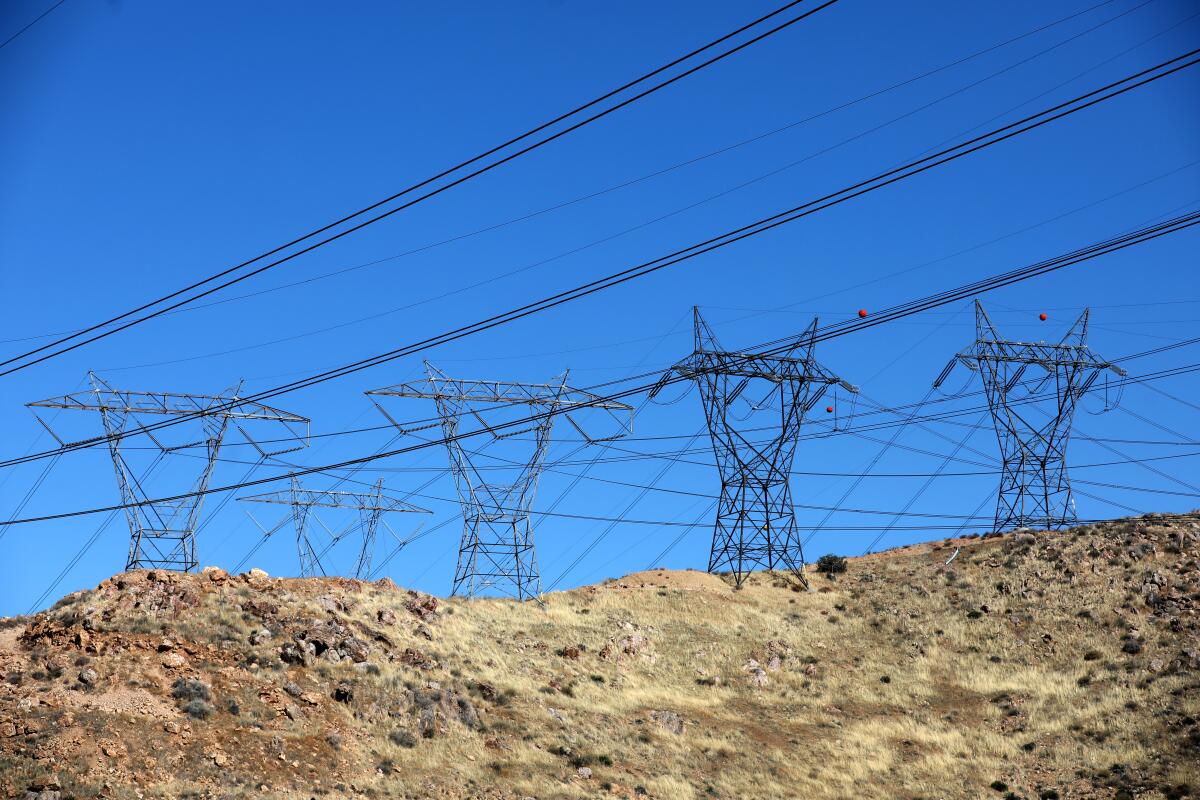
To be clear, I’m not personally endorsing any of those concepts, all of which have drawbacks and detractors.
Geothermal plants and offshore wind turbines are a more expensive way of generating electricity than large solar farms. Power lines can slice through sensitive ecosystems and interrupt unspoiled views; some long-duration storage projects, too, have been criticized as environmentally destructive. California’s rooftop solar incentives have thus far mostly benefited the wealthy.
As for regional cooperation, El Paso Electric last week became the latest utility to agree to join a California-led “energy imbalance market” that now covers much of the American West. But the program is relatively limited. A more comprehensive regional market has thus far been stymied by several obstacles, including mistrust between blue-state and red-state politicians.
So fitting together the puzzle pieces of 100% clean energy will be politically challenging. There are so many competing interest groups, from organized labor and ratepayer watchdogs to climate activists and renewable power companies — not to mention the oil and gas industry. No elected official wants to be blamed for putting people out of work, or causing energy prices to rise, or destroying the environment in the name of protecting the environment.
But if I’ve learned anything over the last seven years, it’s that achieving California’s climate goals will require doing things that seem politically impossible today.
Maybe that means finding a way to build lots more solar farms despite the hard-fought land-use conflicts. Maybe it means rewiring the electric grid to give rooftop solar a leading role, or pioneering some nascent technology like renewable hydrogen or carbon capture, or investing in offshore wind, or importing out-of-state wind energy from Wyoming. Or maybe all of the above.
State officials are trying to figure out the best strategies. The California Energy Commission, the Public Utilities Commission and the Air Resources Board released a draft report in December examining the options for reaching 100% clean energy.
I’ll have more to say when the report is finalized. But I spoke this week with Karen Douglas, who has served on the Energy Commission since 2008. She said officials are working to identify where solar farms can most easily be built and to lay the groundwork for offshore wind by resolving conflicts with the military. She pointed to her agency’s “Lithium Valley” initiative to spur the development of geothermal power plants near the Salton Sea that could also produce large quantities of lithium.
“We do have some breathing room, and some time and opportunity to take a step back and work with stakeholders — and also frankly with local governments up and down the state — on how to realize some of the renewable energy potential that we have in California,” Douglas said.
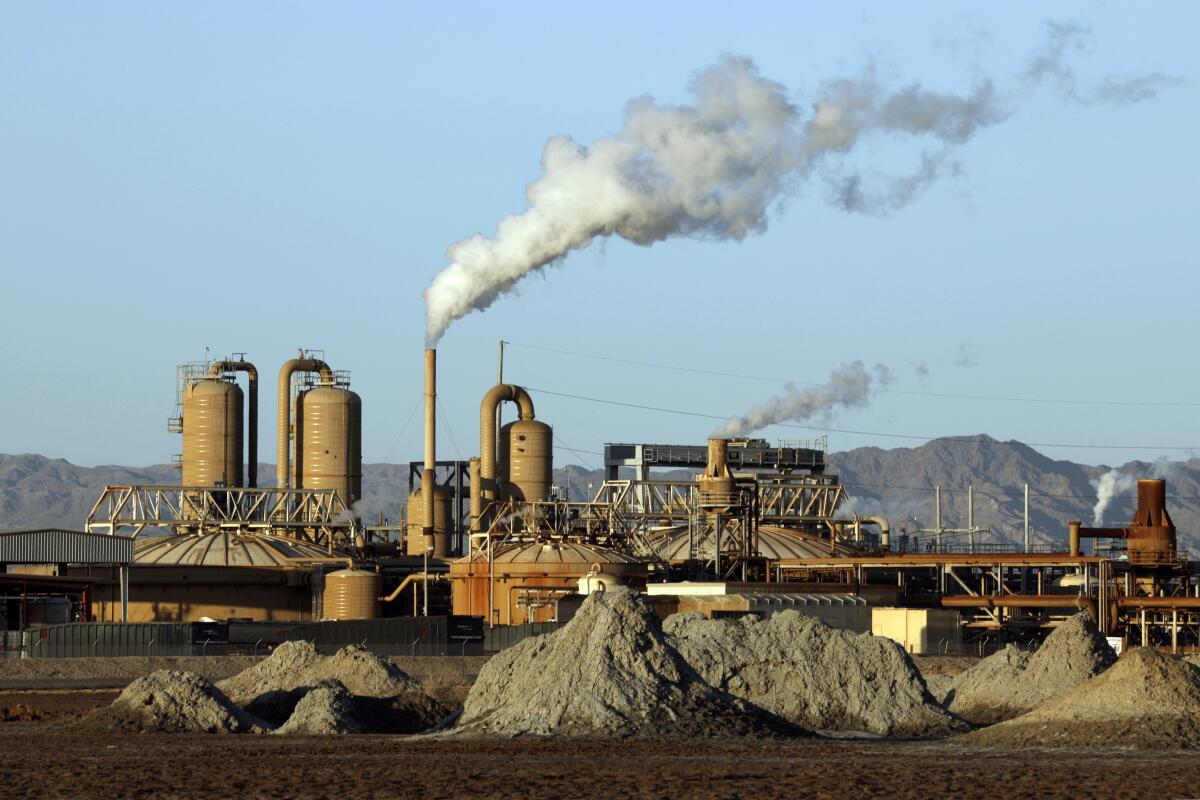
State lawmakers have their own ideas for accelerating the push toward 100% clean energy.
Assemblyman David Chiu (D-San Francisco), for instance, is unveiling legislation today that would require state officials to develop a plan for getting at least 3,000 megawatts of offshore wind built by 2030, and 10,000 megawatts by 2040. The bill is co-sponsored by the State Building and Construction Trades Council of California — a politically powerful labor group that has opposed efforts to restrict oil and gas production but which sees offshore wind as a source of high-paying jobs.
“California has aggressive clean goals. But without a diverse set of clean energy sources, we’re not going to meet those goals,” Chiu told me. “The most important thing is that we start now. We don’t have time to wait.”
There are no silver bullets. Which perhaps shouldn’t be surprising, given the scope and scale of the climate crisis.
But if California’s leaders actually want to achieve 100% clean energy — and if they want the rest of the country to feel confident following suit — they’re going to have to make some hard choices. That much is inevitable.
For now, here’s what’s happening around the West:
TOP STORIES
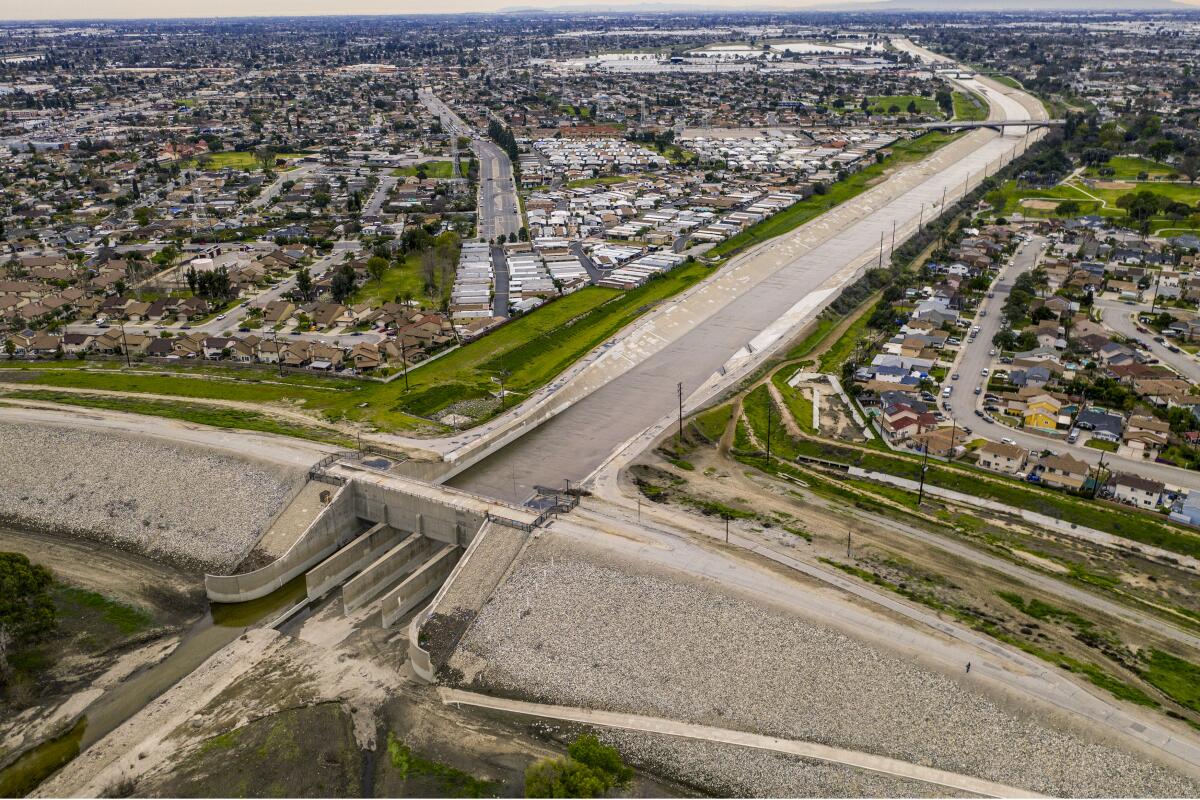
Climate change is raising the odds of devastating storms that could topple California’s aging dams, putting millions of lives at risk. Fifty years after the Sylmar earthquake that nearly collapsed a San Fernando Valley dam, Southern Californians face a growing risk from three structurally unsafe dams, The Times’ Louis Sahagún reports. We’d do well not to forget the St. Francis Dam disaster of 1928, which killed more than 450 people as a wall of water “carved a 70-mile path of destruction,” as Louis writes.
Stunning new research out of Harvard and three British universities places the global death toll from fossil fuel pollution much higher than previously estimated. The burning of coal, oil and natural gas is responsible for 1 in 5 premature deaths globally, the study found. And lest we forget that California not only consumes fossil fuels but also produces them, Chevron’s refinery in Richmond leaked 600 gallons of a petroleum product into the San Francisco Bay this week, Matthew Ormseth reports.
Ammon Bundy is building a militia network to fight mask mandates and other public health measures. As I’ve noted before, the violent insurrection at the U.S. Capitol had ties to anti-government extremism on public lands in the West. Now my colleague Richard Read reports that Ammon Bundy — who led the occupation of Malheur National Wildlife Refuge and joined an armed standoff with federal agents at his father’s ranch — is using the backlash against COVID-19 restrictions as his latest rallying cry.
THE ENERGY TRANSITION
Coal is continuing its precipitous decline, with Morgan Stanley predicting it will disappear entirely from the U.S. power grid by 2033. That’s creating a need for new jobs in places like the Powder River Basin of Montana and Wyoming, where a coal mine shut down last week for the first time in modern history, as Camille Erickson reports for the Casper Star-Tribune. Another place in need of investment is the Navajo Nation, where Diné activist Nicole Horseherder helped bring about the closure of a massive coal plant and is now fighting for an equitable energy economy, as Jessica Kutz writes in a moving profile for High Country News.
I get messages all the time claiming nuclear power is the one true climate solution. There are legitimate arguments for it, but the United States’ inability over the last 40 years to build permanent storage for nuclear waste is a big obstacle. Even a proposed “interim” facility in New Mexico is generating intense opposition, as Sammy Feldblum and Tovah Strong report for Searchlight New Mexico.
It’s hard to understand what’s going on with Elon Musk these days. My colleague Russ Mitchell reports that Tesla’s $1.5-billion investment in Bitcoin is perplexing for a company claiming to advance sustainable energy, given the huge amounts of electricity required to support the digital currency. (Columnist Michael Hiltzik thinks the investment is meant to distract from the company’s business problems.) Russ also reports that Tesla’s “full self-driving” claims will create headaches for the Biden administration.
AROUND THE WEST
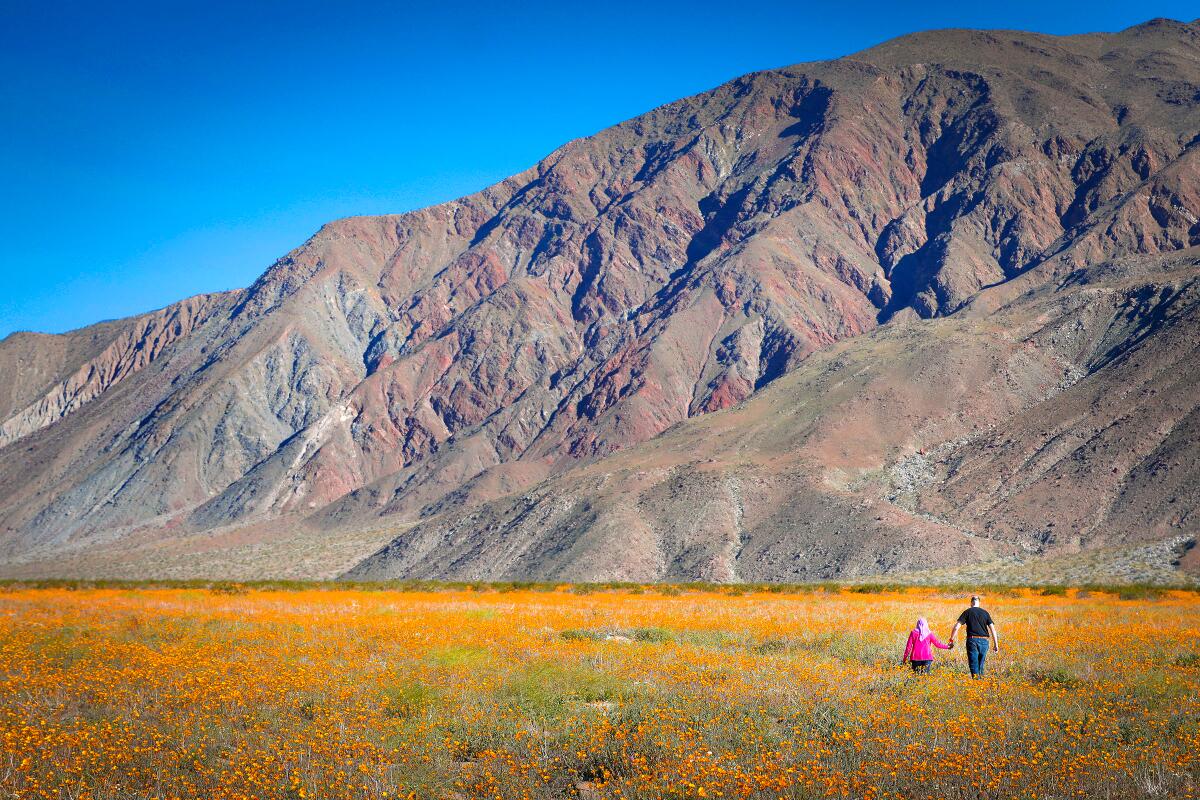
The long-term outlook on the Colorado River keeps looking worse. Tony Davis reports for the Arizona Daily Star on a new study finding that California, Arizona and Nevada may eventually have to pull 40% less water from the river to stop reservoirs from falling too low. In related news, San Diego County is studying whether to build a 130-mile Colorado River pipeline that would cost $5 billion and not bring a single drop of new water to the coast, as Joshua Emerson Smith reports for the San Diego Union-Tribune.
In the Columbia River Basin, U.S. Rep. Mike Simpson released an ambitious $34-billion plan to breach four dams on the Snake River. The Idaho Republican’s proposal is meant to restore salmon populations, honor tribal treaty fishing rights and replace all the lost hydroelectricity from the dams with new power sources, as Lynda V. Mapes reports for the Seattle Times.
The construction of Trump’s border wall left a path of environmental destruction across the desert Southwest. Arizona Public Media and High Country News published a thoughtful three-part series on the damage done to delicate ecosystems and tribal lands, and the question of whether Biden will try to remove the wall that’s been built or simply stop building more of it.
POLITICAL CLIMATE
It’s looking like car companies will push for relatively loose emissions rules under President Biden, arguing looser rules will make it easier for them to focus on transitioning their businesses to electric vehicles. Whether the new administration agrees is another story. My colleague Anna M. Phillips explains what’s at stake and why climate advocates are concerned.
California’s bullet train is now expected to cost $100 billion. Ralph Vartabedian reports for The Times that the state’s high-speed rail authority faces growing skepticism from lawmakers over its business plan and could have trouble securing additional funding. He also notes that the rail agency “disclosed that there is a shortage of electrical power in some areas of the Central Valley necessary to power its trains and is working with utilities to determine needed grid upgrades, including transmission lines.”
When Gavin Newsom fired California’s top water regulator in 2019, he promised to strike a deal in the state’s long-running water wars that would work for farmers, cities and riverine ecosystems. Two years later, the governor doesn’t have much to show for it, as Dale Kasler and Ryan Sabalow report for the Sacramento Bee. And let’s not expect the weather to come to the rescue; recent rains and snowfall definitely didn’t put an end to widespread drought conditions, per The Times’ Paul Duginski.
ONE MORE THING
Remember earlier, when I mentioned the St. Francis Dam collapse that killed more than 450 people in 1928? Well, the U.S. Forest Service is holding a competition to design a memorial commemorating the deadly disaster. Details here if you want to enter.
When I tweeted about this, I learned from geographer Amber Manfree that the band Frank Black and the Catholics released a song about the disaster in 2001, “St. Francis Dam Disaster.” I love the opening lyrics, which start with a reference to William Mulholland:
“There was a well-known water master man
He was the king
He could do anything
The St. Francis dam disaster, man
Thought she was all right
Until around midnight
Because that water seeks her own
She had a desire to flow
She was looking for somewhere to go
She was a slave to the great metropolis
She was feeling choked
She pushed the wall till it broke...”
We’ll be back in your inbox next week. If you enjoyed this newsletter, please consider forwarding it to your friends and colleagues.




